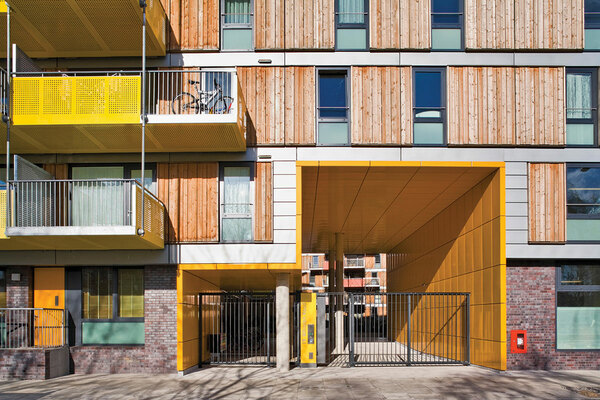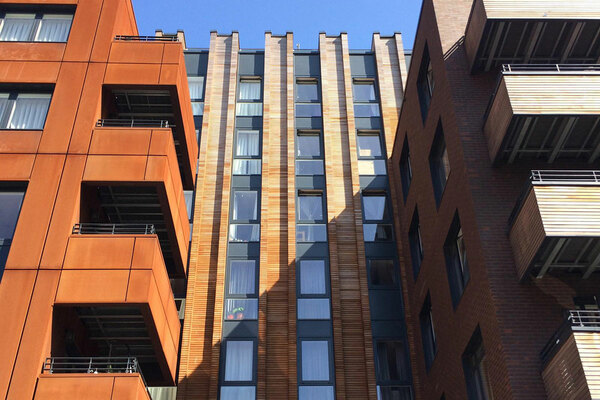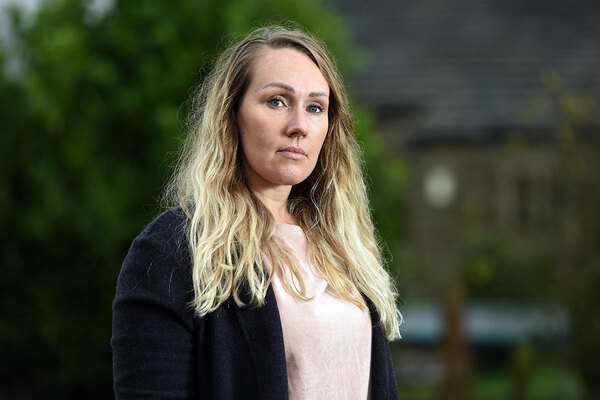You are viewing 1 of your 1 free articles
Government’s £1bn Building Safety Fund to be launched in May
A new £1bn Building Safety Fund which will provide cash for both private and social sector landlords to remove dangerous non-aluminium composite material (ACM) cladding will be launched in May, the housing secretary has confirmed.
In a letter written by Robert Jenrick today, it was confirmed the government would be publishing a prospectus for the new fund in May and would open for registrations “soon after that”.
The letter came as the government announced details of a raft of building safety reforms aimed at improving the safety of high-rise blocks across the country. This included new rules that would ensure sprinklers were installed in all new residential buildings over 11m and details around a new building safety regulator to ensure standards were upheld throughout the construction industry.
In his comments on the £1bn Building Safety Fund, Mr Jenrick said that his team is working to make the new funding available as quickly as possible. The letter also confirmed that the £1bn would be handed out in 2020/21 and only available for buildings over 18m.
Inside Housing has asked the Ministry of Housing, Communities and Local Government whether this means that more funding could be allocated after April next year.
The £1bn fund was announced as part of chancellor Rishi Sunak’s Budget last month. However, many have already raised concerns that it would only cover the costs of work on a fraction of the buildings currently covered in dangerous non-ACM cladding.
In recent weeks, coronavirus has threatened remedial works as some contractors have decided against continuing work to reduce the spread of the disease.
In his letter, the housing secretary stressed that it was the government’s view that work should continue on these blocks and it would do what it could to support building owners, managers and residents to ensure it continues.
Mr Jenrick added: “New, enhanced project management support to this programme will allow us to identify and seek solutions to COVID-19 impacts, including on labour and supply, through engagement with individual remediation projects.”
The £1bn fund takes the government’s total cladding remediation funding up to £1.6bn, after it previously handed out £400m to social sector landlords and £200m to private sector landlords to remove the Grenfell-style ACM cladding.
The government also confirmed that it was appointing former chief construction advisor David Hancock to review the progress of the ACM remediation programme to identify blockages and support building owners in concluding remedial works.
Mr Jenrick also outlined ways in which the government was looking to help the leaseholders and shared owners currently unable to sell their homes or obtain mortgages due to cladding issues their buildings may have.
Thousands of leaseholders are currently ‘mortgage prisoners’ in their blocks due to banks unwilling to lend money until they can prove their cladding is safe or that unsafe cladding has been removed.
In December a consortium led by the Royal Institution of Chartered Surveyors created the External Wall System 1 (EWS) form, which was supposed to make it easier for surveyors and lender to value properties and provide mortgages. However, this has had limited success.
Mr Jenrick said: “Surveyors, lenders, insurers and other parts of industry working with building owners now need to ensure that the EWS1 form is shared appropriately to support this section of the housing market.
“To that end, an industry group is designing a data-sharing portal so that lenders and leaseholders can access the information needed to proceed with sales and remortgaging. Government stands ready to provide some funding, if necessary, to make this happen.”
He added that he would hold a roundtable with mortgage lenders in the coming months to ensure lenders can agree a rational approach to mortgage valuations on properties in buildings under 18m.
This comes after Inside Housing reported on leaseholders in buildings under 18m who were unable to obtain mortgages until they had their cladding inspected.
Some of the issues around the delays to sales and mortgages is due to a lack of capacity in the fire inspector field, which is being exacerbated by inspectors not being able to obtain professional indemnity insurance.
Mr Jenrick wrote: “The insurance industry has recognised this as an issue and I am considering potential solutions.
“To inform this, I will be commissioning a review with the insurance industry to consider how professional indemnity insurance can be provided in ways that give fire engineers and other construction professionals the confidence to continue to provide professional advice on fire risks associated with cladding on high-rise buildings.”











